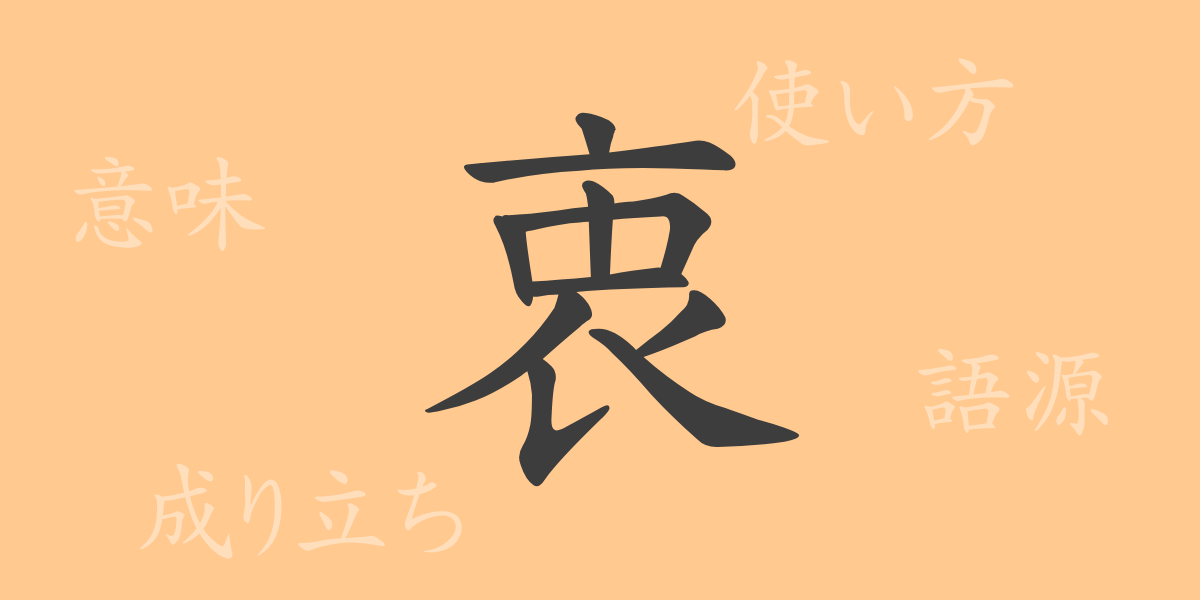The depth of Japanese character culture is reflected in every individual character, each with its own history. The kanji ‘衷(ちゅう)’ is no exception. Although it may not be commonly used in everyday conversation, this character plays a significant role when expressing one’s inner feelings. This article explores the origins, meaning, usage, readings, and even phrases and idioms involving the kanji ‘衷’, providing a thorough understanding of its significance.
Origins of ‘衷(ちゅう)’
The kanji ‘衷’ originated from ancient China, initially representing the inner part of clothing, used metaphorically to express one’s innermost feelings or true intentions. The character comprises the ‘衣’ (clothing) radical on the top and ‘中’ (middle) beneath, symbolizing the interior.
Meaning and Usage of ‘衷(ちゅう)’
‘衷’ primarily denotes one’s inner feelings or true intentions, often used to describe complex emotional states where multiple feelings or opinions coexist. Commonly seen in phrases like ‘衷心(ちゅうしん)’ or ‘衷意(ちゅうい)’, it conveys a sense of sincerity and depth, indicating sentiments that come ‘from the bottom of the heart’.
Readings, Stroke Count, and Radical of ‘衷(ちゅう)’
Here’s how ‘衷’ is understood in terms of its pronunciation, structure, and etymology:
- Readings: On’yomi ‘チュウ’, no Kun’yomi.
- Stroke Count: 9 strokes.
- Radical: ‘衣’ (ころもへん), which relates to clothing.
Phrases, Idioms, and Proverbs Involving ‘衷(ちゅう)’
The kanji ‘衷’ appears in various idioms and phrases that reflect its deep meaning related to personal emotions and truth:
- 衷心 (ちゅうしん) – From the bottom of one’s heart, sincerely.
- 衷情 (ちゅうじょう) – True feelings, heartfelt emotions.
- 衷曲 (ちゅうきょく) – Complicated or conflicting inner feelings.
- 一衷一意 (いっちゅういちい) – Wholeheartedly focusing on one thing.
- 内衷外合 (ないちゅうがいごう) – Differing inwardly but cooperating outwardly.
Conclusion on ‘衷(ちゅう)’
The kanji ‘衷’ is indispensable for expressing the nuances of one’s inner feelings in Japanese. It allows for a rich portrayal of abstract concepts such as sincerity and intent, enhancing the expressiveness of the language. Understanding and using this kanji effectively can deepen one’s mastery of Japanese expression.

























